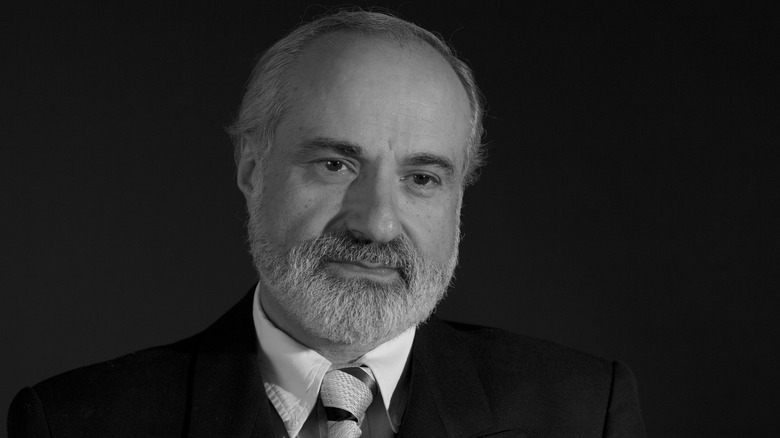Dr. Julian Ungar-Sargon Explains Alternative Ways To Manage Pain - Exclusive Interview
Dr. Julian Ungar-Sargon decided he wanted to be a doctor when he was just nine years old. He grew up in London before the polio vaccine was developed, and the first time he saw a child using an iron lung, he knew that he wanted to help people in pain.
Dr. Ungar-Sargon specialized in neurology and treated patients with various neurological disorders for over 25 years. He loved helping patients identify what was causing their symptoms, but he became frustrated with the fact that he often couldn't do more than provide a diagnosis. He knew that there weren't enough treatment options for people struggling with chronic neurological disorders — especially ones that cause chronic pain, like fibromyalgia.
He decided to switch his focus to pain management. As he worked in that field, Dr. Ungar-Sargon saw the awful side effects of some pain medications, especially opioids, firsthand. He knew that both doctors and patients desperately needed another option, so he started researching alternative pain management therapies.
In an exclusive interview with Health Digest, Dr. Ungar-Sargon explained why it's so important to find ways to manage pain that don't involve prescription medications and shared what alternative treatments he's seen work.
Finding alternatives to opioids
Can you tell us a little bit about your background and why you decided to study medicine?
Ever since I was 9 years old, I felt I wanted to help those poor children in iron lungs suffering from polio. I would see it on my way to the casualty ward of our local hospital in London.
Why did you decide to focus on pain management and treating chronic pain?
As a neurologist for over 25 years, I felt more and more frustrated in being unable to make much difference other than diagnose. I felt there was a subspecialty where I could make a difference using interventional pain management procedures.
What got you interested in investigating non-pharmaceutical solutions to pain management?
The ability to provide pain relief without the terrible side effects of these drugs.
What impacts do non-pharmaceutical solutions to pain management have on the opioid epidemic?
Hopefully less dependence upon opiates as an alternative to conventional therapies.
Vitamin B-1's potential for pain management
Can you tell us a bit about how thiamine, B1, may help with pain management?
The literature is yet unclear. However, those with vitamin deficiencies, especially the B complex, have increased experience of peripheral pain.
How are you using thiamine to help patients with neurological pain conditions like fibromyalgia?
Again, the literature is out as to the long-term effects of thiamine on fibromyalgia, unless there is evidence for B1 deficiency, [where] replacement helps enormously.
How can thiamine help active people who are dealing with muscle pain and fatigue?
Those who are active and exercise have reported less muscle aches and pains and less fatigue.
How did you find out about the B1 Sports Performance patches?
They approached me because of my interest and expertise in peripheral neurology [and] electro diagnostics and because I had an open mind to alternative strategies to manage pain.
How do these patches help people dealing with pain and fatigue?
As with all other vitamin B complex deficiencies, those who are deficient will experience less pain and fatigue.
Is thiamine an appropriate first-line treatment for anyone dealing with pain, or should some people avoid using thiamine?
Questions such as this should be addressed to the primary care or sports physician who can take a full history and make sure we are not missing an underlying pathology or adverse reaction before considering this kind of treatment.
Dr. Unger works hand-in-hand with USA Natural Patches Inc. CEO Jerry Castello to transform the wellness industry with the B1 Performance Patch (containing Thiamine, aka Vitamin B1) and boost stamina and energy. Castello also works with 78 Division I Universities and outfits patches on many NFL and NBA teams.
This interview was edited for clarity.



